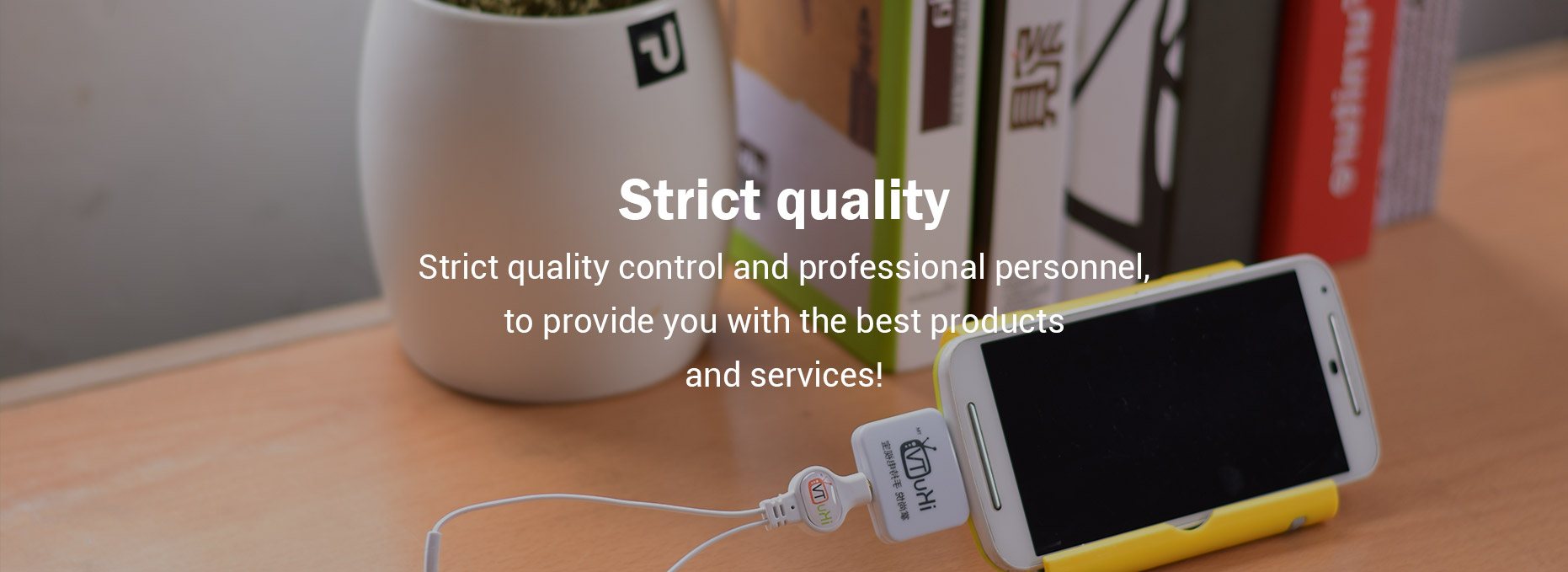how glass is tempered
Tempered glass is renowned for its strength and safety. Understanding how glass is tempered can help consumers make informed decisions when selecting materials for construction, design, or any application requiring enhanced durability. The process of tempering glass involves several key steps that significantly increase its resistance to thermal and mechanical stresses.
If you want to learn more, please visit our website how glass is tempered.
The Tempering Process
Heating: The first step in how glass is tempered involves heating the glass to a high temperature, typically around 620 to 660 degrees Celsius (1,148 to 1,220 degrees Fahrenheit). This is done in a specialized furnace designed to provide uniform heating.
Quenching: After achieving the desired temperature, the glass is rapidly cooled through a process called quenching. This is done using jets of cool air that quickly reduce the temperature of the glass.
Strengthening: The rapid cooling creates a surface compression that significantly increases the glass's strength. This process is what makes tempered glass far more durable than standard glass.
Types of Tempered Glass
When discussing how glass is tempered, it’s essential to recognize the different types available:
- Float Glass: The standard glass that undergoes the tempering process.
- Laminated Glass: Tempered glass that also contains a layer of PVB (polyvinyl butyral) between layers, adding additional safety.
- Low-Iron Glass: This type has excellent optical clarity and is often used in architectural applications.
Benefits of Tempered Glass
The advantages of using tempered glass can greatly enhance a structure or design project:
- Increased Strength: Tempered glass is five to six times stronger than standard glass.
- Safety: If broken, tempered glass shatters into small, blunt pieces rather than sharp shards, reducing the risk of injury.
- Heat Resistance: It can withstand high temperatures and thermal stress, making it ideal for buildings and interiors.
Common Issues and Solutions
While understanding how glass is tempered is important, addressing common concerns is also crucial:
Problem: Glass Breakage Concerns
- Solution: Ensure you choose the right thickness of tempered glass for your application. Consulting with professionals can help determine the required specifications.
Problem: Misunderstanding Applications
- Solution: Make sure to use tempered glass in applications where its properties are beneficial, such as for shower doors, glass doors and windows, and curtain walls.
Problem: Cost Considerations
- Solution: While tempered glass is generally more expensive than regular glass, its long-term durability and safety benefits can justify the initial investment.
Maintenance of Tempered Glass
Tempered glass requires minimal maintenance, but some practical suggestions can help preserve its integrity:
- Regular Cleaning: Use non-abrasive cleaners to avoid scratching the surface.
- Avoid High Heat: Keep hot objects away from glass to prevent thermal stress.
- Inspect Regularly: Look for any signs of distress or damage and consult a professional if necessary.
Conclusion
Understanding how glass is tempered reveals its numerous benefits, from strength and safety to versatility in applications. Whether you are designing a new building, renovating an existing space, or simply considering glass options for your home, recognizing the importance of tempered glass can make all the difference. For more information or assistance with your tempered glass needs, feel free to reach out to a glass specialist today. Make informed decisions that prioritize both durability and safety!
For more tempered glass for fireplaceinformation, please contact us. We will provide professional answers.
None



Comments